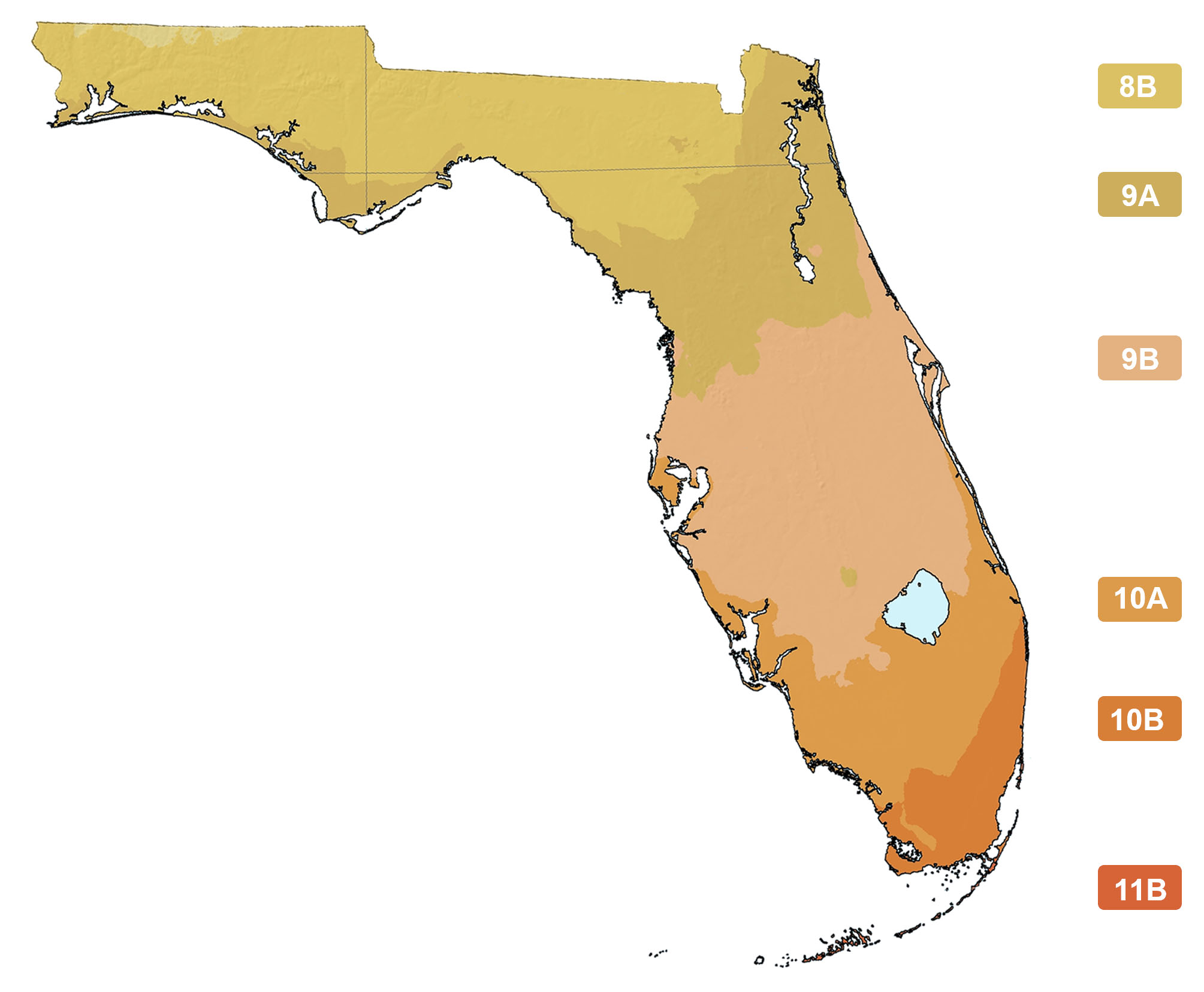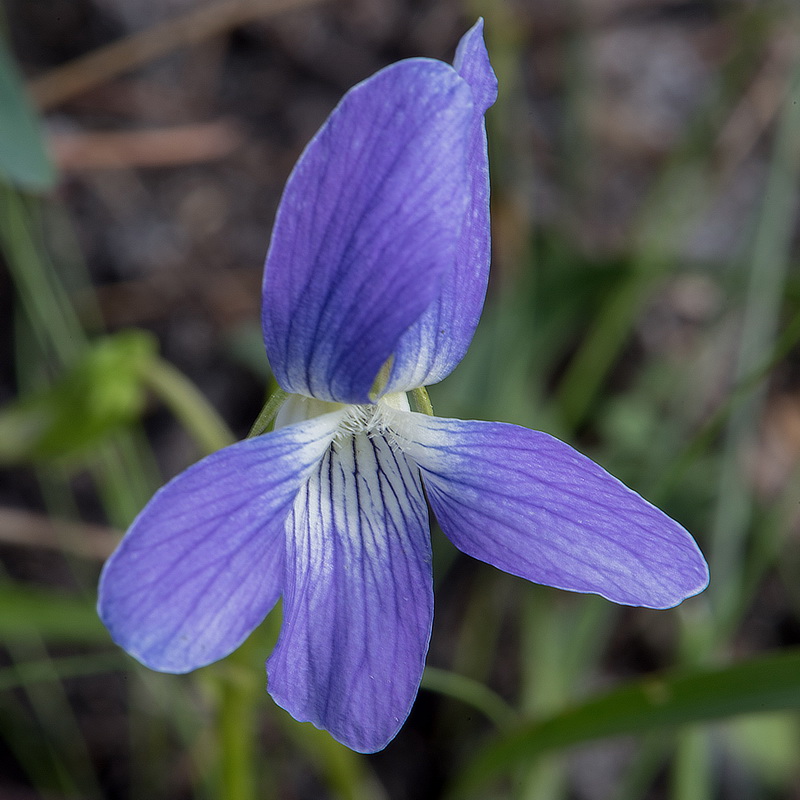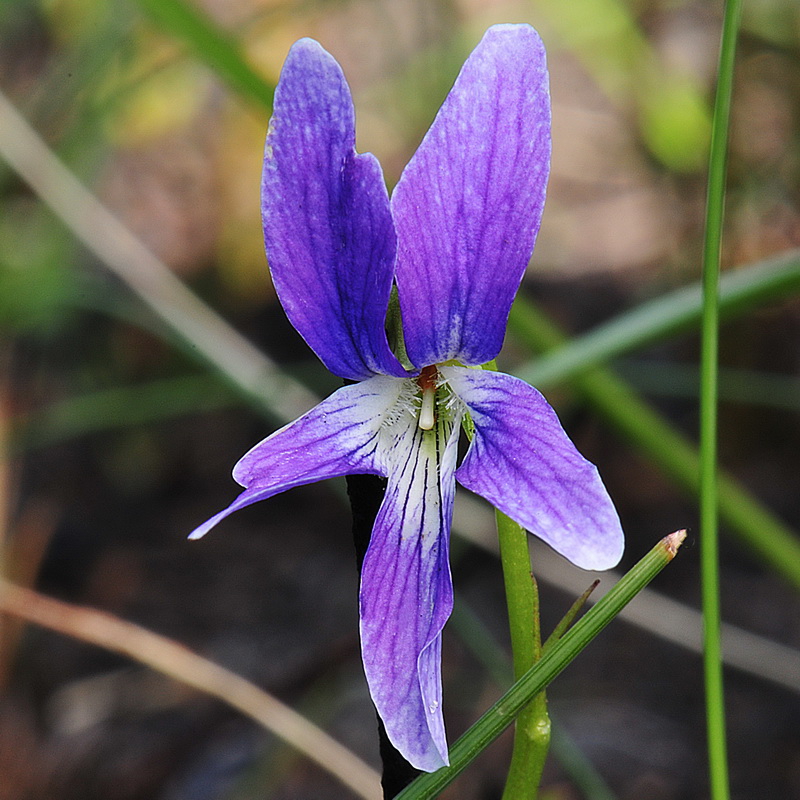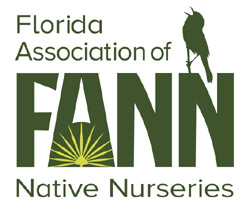Viola spp.
Photographs belong to the photographers who allow use for FNPS purposes only. Please contact the photographer for all other uses.
Violet
Violaceae
Plant Specifics
| Form: | Flower | |
| Size: | 0.5 ft | |
| Life Span: | Long-lived perennial | |
| Flower Color: | White,blue,purple | |
| Fruit Color: | NA | |
| Phenology: | Winter dormant | |
| Noted for: | Showy flowers, Interesting foliage |
Landscaping
| Recommended Uses: | Naturalistic woodland landscapes. | ||||||||||||||||||||||||||||||||||||||||||
| Considerations: | Dies back in the winter. Depending upon the species, it may seed prolifically. | ||||||||||||||||||||||||||||||||||||||||||
| Propagation: | Seed. | ||||||||||||||||||||||||||||||||||||||||||
| Availability: | Native nurseries, FNPS plant sales, Seed | ||||||||||||||||||||||||||||||||||||||||||
| Light: | Part Shade, Shade | ||||||||||||||||||||||||||||||||||||||||||
| Moisture Tolerance: |
always floodedextremely dry |
||||||||||||||||||||||||||||||||||||||||||
| (Usually moist, occasional inundation ----- to ----- Not wet but not extremely dry) | |||||||||||||||||||||||||||||||||||||||||||
| Moisture Tolerance: | Usually moist, occasional inundation ----- to ----- Not wet but not extremely dry | ||||||||||||||||||||||||||||||||||||||||||
| Salt Water Flooding Tolerance: | Not salt tolerant of inundation by salty or brackish water. | ||||||||||||||||||||||||||||||||||||||||||
| Salt Spray/ Salty Soil Tolerance: | Low/no tolerance of salty wind or direct salt spray | ||||||||||||||||||||||||||||||||||||||||||
| Soil or other substrate: | Clay, Loam, Lime rock, Sand | ||||||||||||||||||||||||||||||||||||||||||
| Soil pH: | Adaptable, depends on species | ||||||||||||||||||||||||||||||||||||||||||
Ecology
| Wildlife: |
| |
| Insects: | ||
| Native Habitats: | Dry to mesic upland hardwood forests, bluff microsites, upper fringes of wiregrass seep slopes. |
Distribution and Planting Zones
Natural Range in Florida
USDA Zones
Suitable to grow in:
10A 8A 8B 9A 9B

USDA zones are based on minimum winter temperatures
Comments
| Ethnobotany: | The leaves and flowers of violets are edible. |








